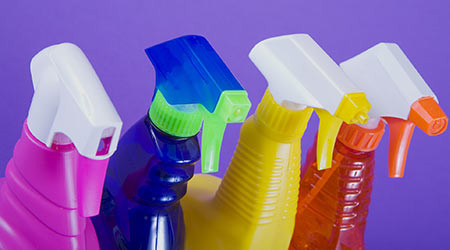
The most important way correctional administrators can keep the incarcerated as healthy as possible is through proper cleaning of the facilities they manage, according to an article on Corrections.com.
To do that there are a number of cleaning terms they should understand. For instance, two words that are often misunderstood are cleaning and sanitizing.
In professional cleaning, surfaces must must cleaned first and then sanitized and/or disinfected. Cleaning is the actual removal of soil and organic matter. Once the organic matter has been removed, then sanitizing or disinfecting is possible.
Sanitizing and disinfecting also have different definitions.
Sanitizing yields a 99.9 percent reduction of pathogens within 30 seconds. In most cases, a sanitizer may be all that is necessary in correctional facilities. A disinfectant kills nearly 100 percent of all pathogens and microorganisms on a surface based on its “kill claims.” To meet U.S. Environmental Protection Agency guidelines, a disinfectant must reduce the levels of these pathogens by 99.999 percent in 5 to 10 minutes.
For more information on the differences between cleaners, disinfectants and sanitizers, click here.

 The Down and Dirty on Cleaning in Virus Season
The Down and Dirty on Cleaning in Virus Season How Surfactant Use is Expanding in Commercial Cleaning
How Surfactant Use is Expanding in Commercial Cleaning Operational Excellence Series 2025: Better Budgeting
Operational Excellence Series 2025: Better Budgeting